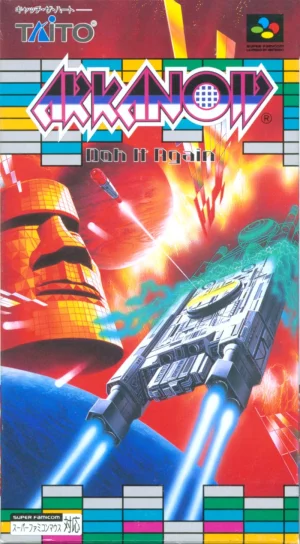E.V.O.: Search for Eden

Description
The general tenets of contemporary evolutionary thought are reflected in the structure of E.V.O. : Search for Eden's narrative. In the beginning of the game, the player takes control of a prehistoric sea organism and engages in combat to earn evolution points. These points allow the player to improve his fish's body parts and level up his offensive and defensive capabilities. Because the game's progression is not entirely linear, the player's decisions regarding which paths to take and which stages to tackle will have an impact on how far they get.
The game consists of a series of stages, during which the aquatic organism gradually transforms into an amphibian, and then later into a creature that can only live on land. Because the physical transformations are reasonably true to how science works, the game can be considered to have a semi-educational function as well.
The video game E.V.O. : Search for Eden is based on the computer game 46 Okunen Monogatari: The Shinkaron, which was only available in Japan. There have been significant alterations made to both the gameplay and the overall structure of the game world, but the core premise of the game has remained the same.
The battles against other creatures in the computer release were conducted using a turn-based system; however, the combat in this version takes place in real time, which effectively transforms this version into an action RPG. Although the stages all share similar aesthetics, their organisational structures are entirely distinct from one another. The top-down perspective from the original game has been replaced with a side-scrolling view. Additionally, there are boss fights, which were not present in the game's initial release.
The development of one's character, also known as "evolution," is also distinct. The player no longer "invests" evolution points in one of four different parameters; rather, they "buy" upgrades, each of which has a predetermined "price." The player has the ability to acquire such upgrades for various parts of the creature's body (jaws, neck, body, etc.), thereby increasing their parameters and making them more powerful.
In this release, certain narrative components, non-player characters (NPCs), and the quest-based structure that were present in the game's previous iteration have been removed entirely or significantly toned down.















